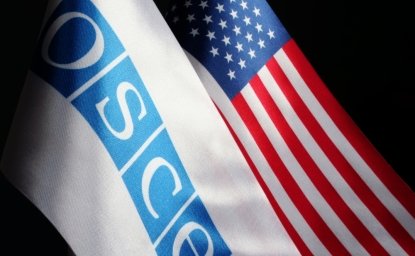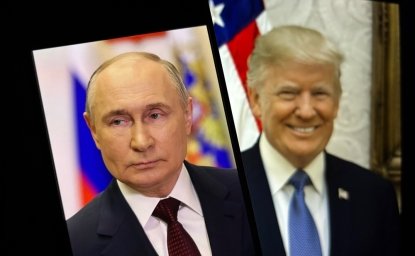Culture/Kultura: Russian Influences on AmericanPerforming Arts: Film


Early Soviet cinema "led the world, and laid much of the groundwork for the practice and theory of film for the 20th century," according to Annette Michelson, Professor of Cinema Studies at New York University. At a 5 December 2003 lecture, Michelson and Naum Kleiman, Director of the Moscow Cinema Museum discussed the ways in which Soviet and Russian film have interacted with the American film industry. This event was the final installment in four-part series that examined the influences of Russian artists and styles on American performing arts, and the discussion of film touched on many of the same topics that were discussed at the three previous events. For example, Kleiman pointed out that Russian émigrés such as choreographer George Balanchine and actor Michael Chekhov, in addition to their influential roles in the world of dance and theater, were very active in Hollywood.
Although American film has absorbed Russian cultural influences indirectly through music, theater and dance, Kleiman and Michelson noted that it is somewhat difficult to speak of a direct influence of Russian film on American film. According to Kleiman, filmmakers in the U.S. have had very limited exposure to films made in Russia and the Soviet Union. Michelson further cautioned that it could be misleading to describe one artistic style as influencing another. "Rather than A influencing B, we might find that A and B are very often part of something larger than both of them," she said.
However, Kleiman maintained that it is both possible and productive to talk about a Russian influence on American film if one understands that influence can be a very subtle phenomenon. "When we speak about influence, we must understand that we're not talking about the search for elements that have been ‘lifted' from somebody else and passed off as your own," he noted. Instead, he argued that we should look at every film as a "complex chemical formula" containing elements drawn from many different sources-often including Soviet and Russian cinema.
Michelson spoke about the influence of Sergei Eisenstein—one of the Soviet Union's best known and most innovative directors, famed for his editing techniques and use of montage sequences. Eisenstein never made a film in the U.S.; Michelson noted that Paramount Pictures invited him to Hollywood in 1935, but the film company never accepted any of his movie projects. Nevertheless, she argued that Eisenstein's use of montage influenced American film, and is visible in such well-known scenes as the shower sequence in Alfred Hitchcock's Psycho. Hitchcock and other American directors re-interpreted montage usage. According to Michelson, "In the hands of those Americans who admired Eisenstein's work, [montage] became a kind of tried-and-true conventional, visual, rhetorical device for indicating the passage of time, or the passage from one country to another."
Kleiman stated that many American filmmakers in the 1920s and 30s had seen and admired Eisenstein's films. He noted that in the 1970s, Francis Ford Coppola had told him that he found artistic inspiration in October and Ivan the Terrible. Both Kleiman and Michelson felt that Eisenstein's influence was even more noticeable in movies made outside of Hollywood. Michelson argued that montage was an important intellectual and artistic device in independent films produced after WWII, such as those by Maya Deren. Kleiman also noted the influence of other Russian artists, such as émigré actress and producer Alla Nazimova. In his opinion, Nazimova's film Salome clearly reflected traditions of Russian literature, theater and set design. This movie, along with other movies featuring Russian actors and directors, was seen by American filmmakers and influenced their future work in many subtle ways.
Having examined the history of complex and subtle interactions between Russian and American film, Kleiman spoke briefly about possible future influences. He argued that in addition to great directors of the past, such as Eisenstein and Boris Barnet, Russia has innovative directors today. According to Kleiman, the greatest strengths of the Russian film industry today are in animation and documentary films. In addition, there is a new generation of filmmakers outside of Moscow and St. Petersburg who are creating movies that, while simple and low budget, are very deep and powerful.
Kleiman noted that many people in the U.S. and throughout the world tend to view Hollywood as the center around which the film industries of every other country revolve and from which they draw influence. However, he believes that it is more accurate to think of cinema as a broader artistic whole that encompasses different types of commercial and independent films produced in different countries. He also argued that openness to the influences of international cinema, including Russian, "will be a great help to American movies, including to Hollywood. Because outside of…this model, I am afraid cinematography will be doomed to go down to the level of a teenager and then even to the level of a toddler."

The Kennan Institute is the premier US center for advanced research on Eurasia and the oldest and largest regional program at the Woodrow Wilson International Center for Scholars. The Kennan Institute is committed to improving American understanding of Russia, Ukraine, Central Asia, the South Caucasus, and the surrounding region through research and exchange. Read more




